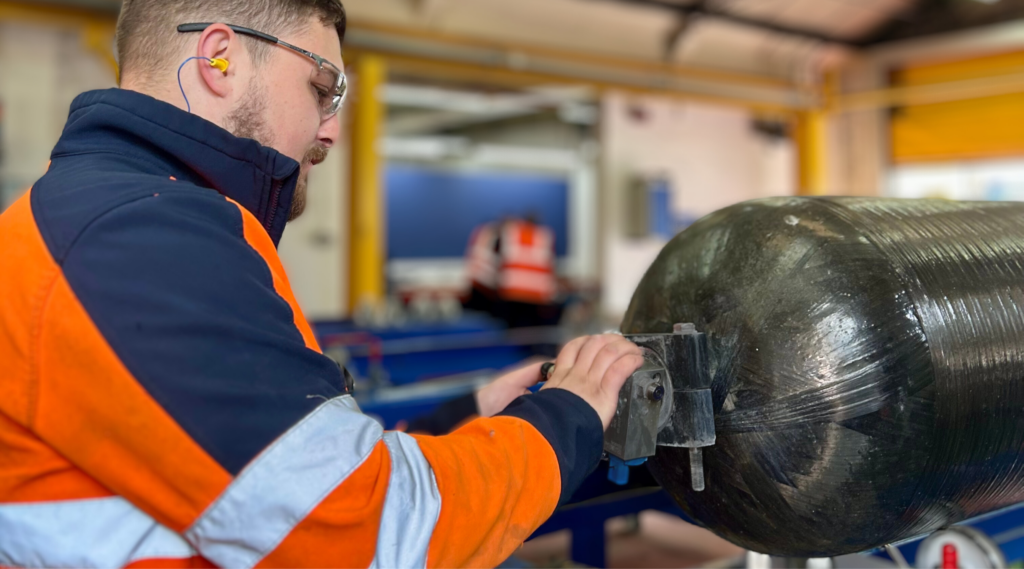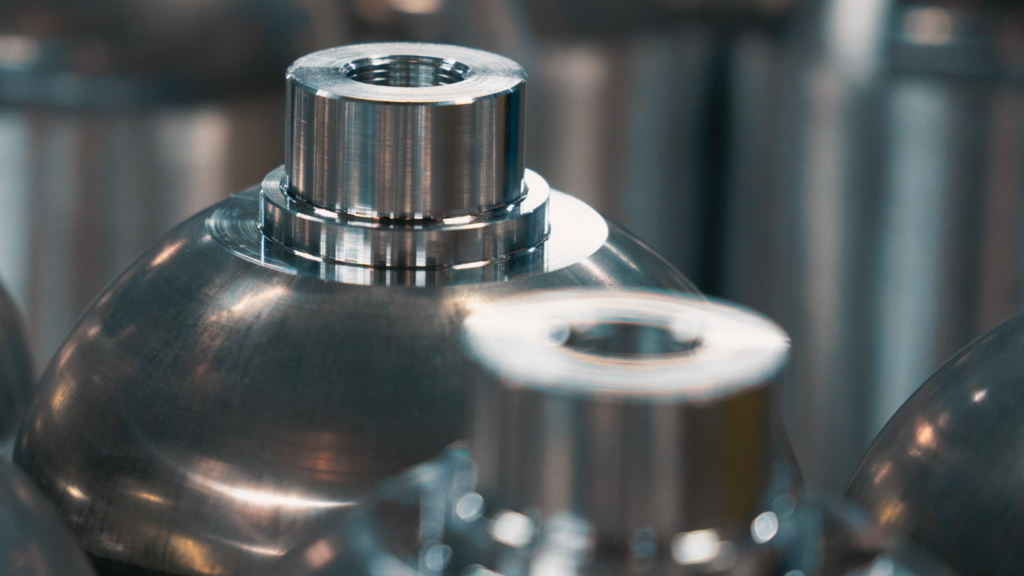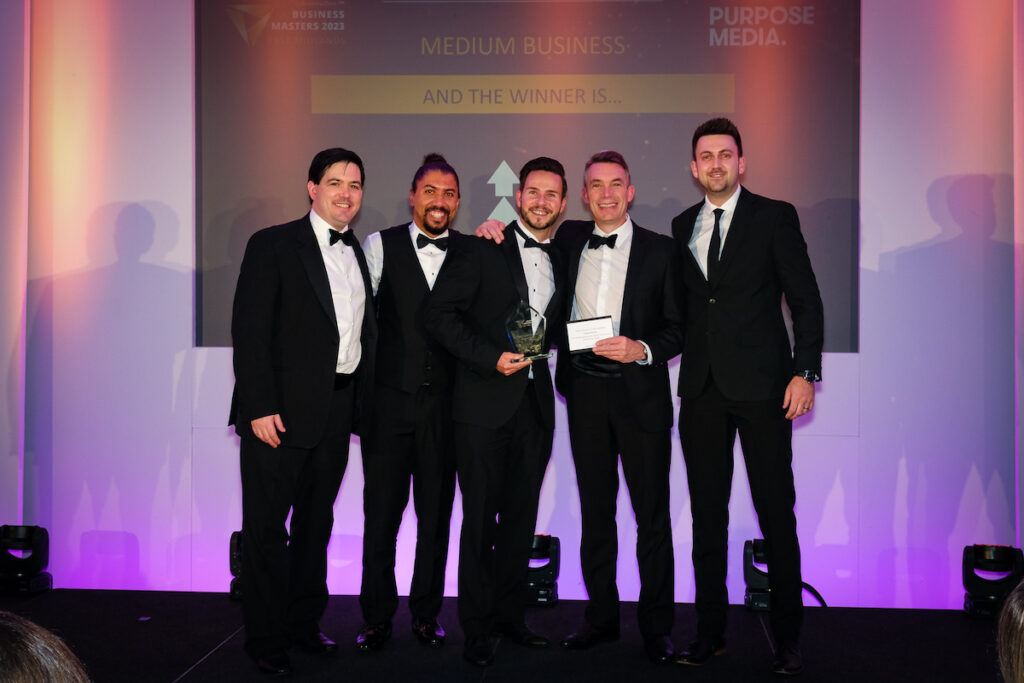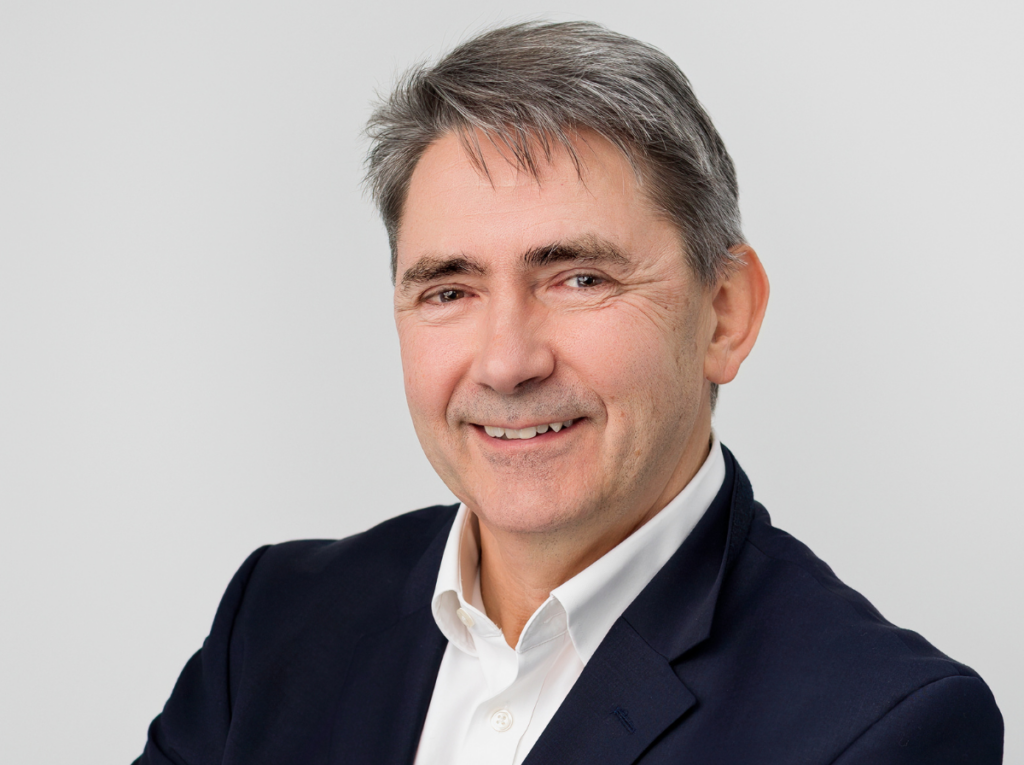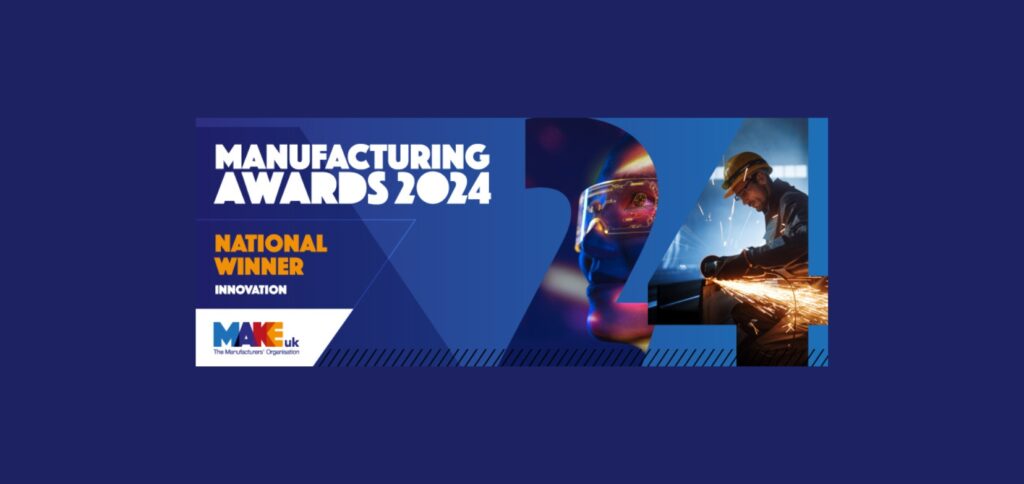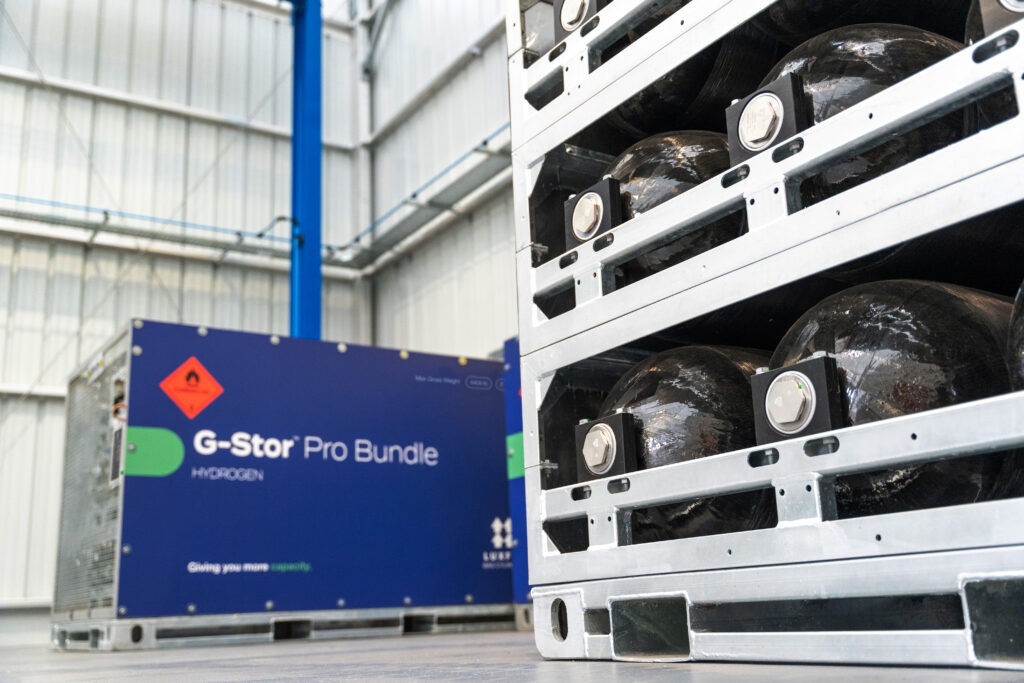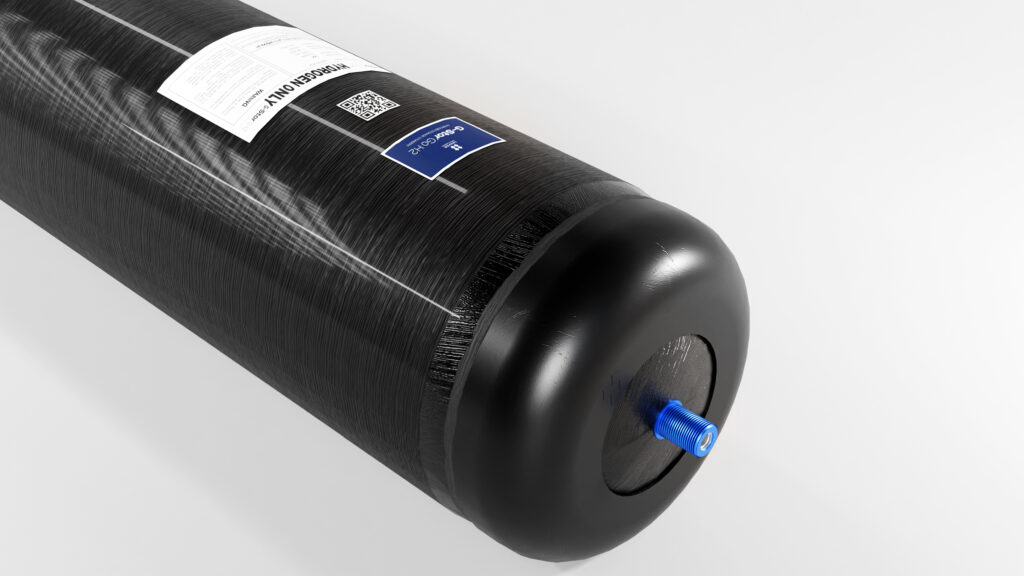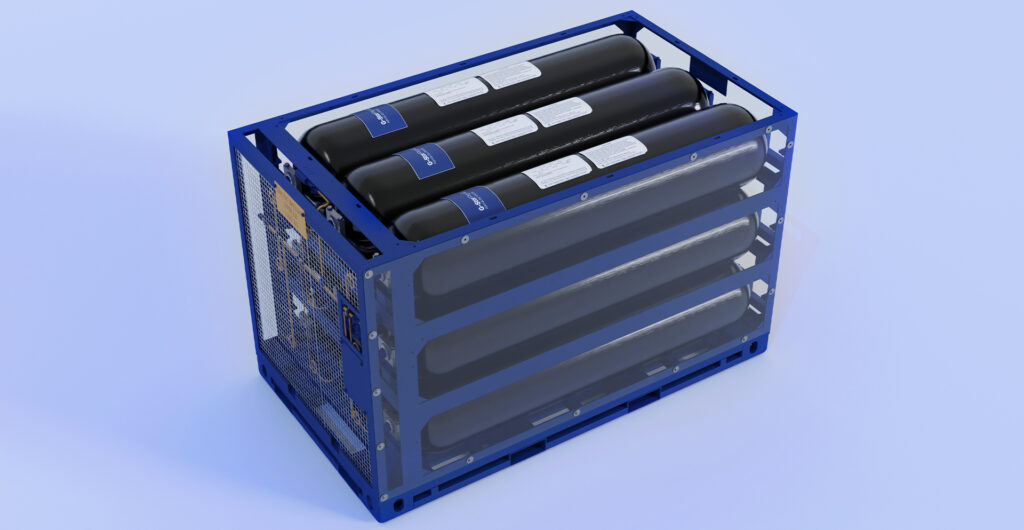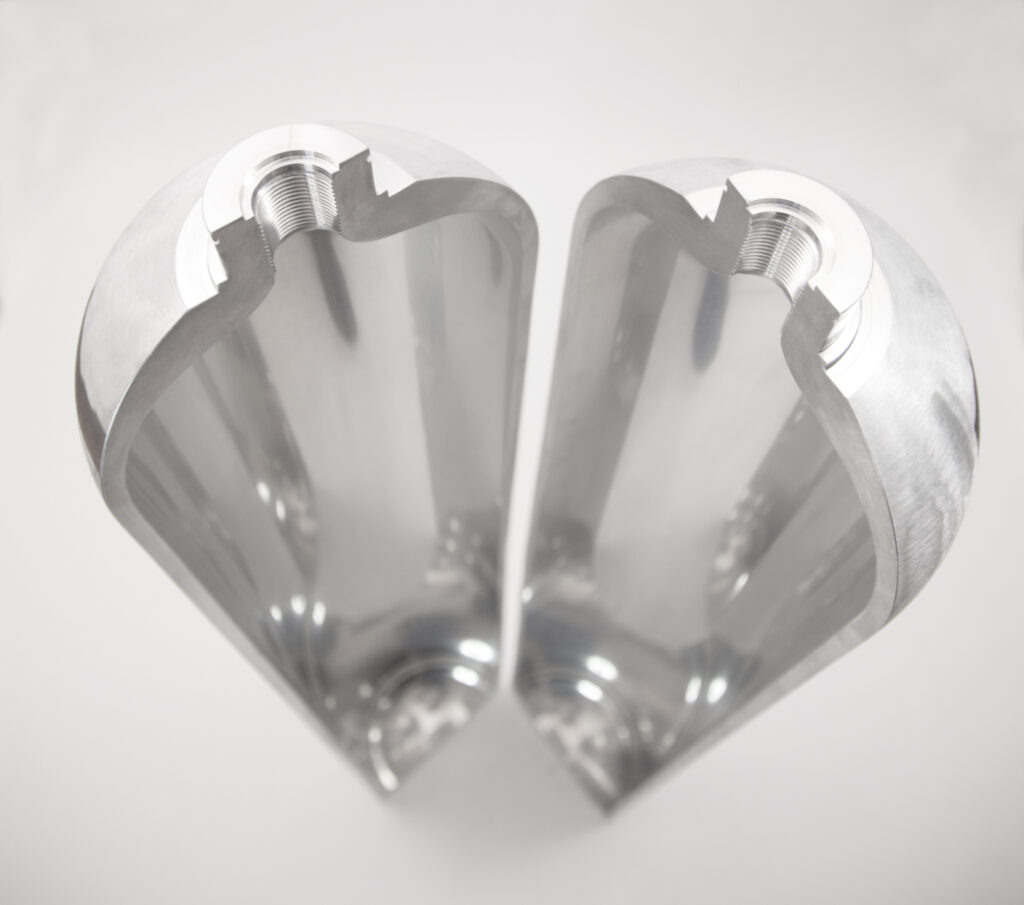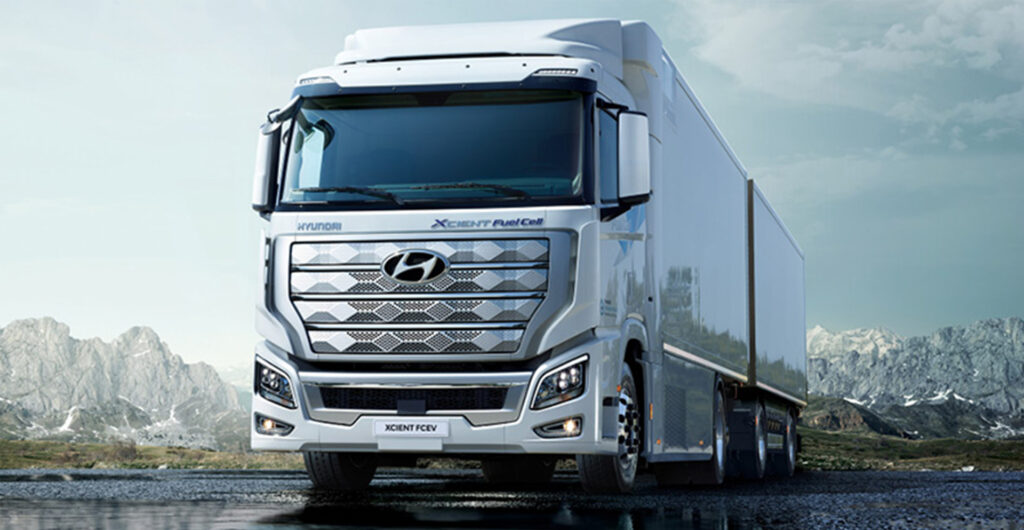US +1800 764 0366 | Europe & Middle East +44 (0)115 980 3800 | Asia-Pacific: +61 2 7227 5369
News:
Luxfer Care sets new standard for alternative fuel system support across Europe
As the global transition to low carbon transport and clean energy continues at pace, organisations investing in compressed natural gas (CNG) and hydrogen systems need more than just high-quality cylinders and durable components — they need trusted expertise and reliable support. That’s where Luxfer Care comes in.Luxfer Care is a new, comprehensive aftercare, maintenance and technical support programme for hydrogen and CNG systems. It helps companies to install, commission, maintain, and optimise their systems — ensuring long-term peak performance, safety and peace of mind. Led by Alex Millward, an engineer working for almost two decades at Luxfer Gas Cylinders, the team travels across Europe and beyond to meet customers on site, as part of the recently launched service.Alex explains: “From spares and troubleshooting to warranty support and system diagnostics, Luxfer Care is quickly becoming an indispensable service for forward-thinking operators across transport, energy and mobility. In fact, we’re already working with around 25 companies, lending our expertise to systems that feature Luxfer products but also those developed by third-parties.”Trusted by companies pioneering zero emissions transportLuxfer Care has partnered with bus manufacturers, clean mobility pioneers, rail operators and marine innovators, keeping them moving and reducing down-time for their valuable low carbon assets.Examples include:The UK’s first hydrogen-powered train – a high-profile, complex, multi-supplier project launched ahead of COP26. Luxfer developed a bespoke hydrogen system to the customer’s specification. Following trials over two years, Luxfer Care was commissioned for six months of iterative optimisation, from diagnosis to final testing.A leading provider of sustainable transport solutions – engaged Luxfer Care for post-delivery support on a hydrogen rail project, following a successful previous collaboration.A clean marine innovator – integrated a third-party hydrogen system into a prototype canal boat. . When filling and operation challenges arose, Luxfer Care’s engineers visited the site daily, diagnosing and correcting misconfigured components and crucially, enabling the vessel to move from its dock where it would otherwise have been stranded during the winter.A major UK bus manufacturer – has been a customer of Luxfer Gas Cylinders for several years, embedding its hydrogen systems into the required bus design and benefiting from Luxfer Care support as part of its ongoing fleet development.Alex adds: “The Luxfer Care customer base is hugely varied. We’re being called to jobs as far away as Texas, for example, to advise on hydrogen-powered terminal tractors.“It’s such an interesting area to work in because we’re applying our knowledge across a whole range of applications for companies who are pushing the boundaries for sustainable operations. That includes the world’s most renowned small vehicle, heavy goods and plant machinery manufacturers, who know they can depend on the Luxfer Care team as highly experienced engineers who know their way around most, if not all, alternative fuel systems.”A market demand, unlocking the full potential of alternative fuel systemsLuxfer Care was developed in response to a clear gap in the market. As Luxfer Gas Cylinders deployed more hydrogen and CNG systems across Europe, Australia, Korea and the US, it became clear that ongoing support was a critical — and unmet — need.“In the hydrogen market especially, there are very few places customers can turn to for expert advice, spares and service. Often, they don’t even know what to ask for, so they come back to the OEM. That’s where Luxfer Care steps in,” says Alex.Initially established as a spares supply service, demand for Luxfer Care saw the service evolve quickly into a broader support package, encompassing:- On-site and remote technical support- Warranty management- Installation and commissioning support- Diagnostics and incident managementThe complete Luxfer Care packageLuxfer Care is a flexible, scalable service designed to meet the evolving needs of CNG and hydrogen system users. Customers can access:- Spares and Components: A fast, reliable supply of authorised parts and tooling —often difficult to identify and source independently.- Warranty Repairs: Authorised warranty work ensures safety and compliance across Luxfer and partner systems.- Technical Support: Remote and on-site support from Luxfer engineers, tailored to the customer’s needs.A day in the life of Luxfer CareThe Luxfer Care team is small but agile — currently a three-person unit working on projects across the UK and Europe, with visits to the US and Asia. Whether in Nottingham, Northern Ireland, Prague, or France, the team helps customers keep pioneering alternative fuel projects on track.Ash Brodsky, Field Service Engineer, says: “One week we might be working on a hydrogen boat in the UK at our Colwick base, the next week we’re at a port in Germany supporting a terminal tractor installation. No two days are the same — and that’s what makes the job exciting.“We can interrogate the issues the customer is finding and offer the right solution. It can be something quite complex – after all, these are new technologies and lots of our work is on prototypes. We’re finding challenges are often down to component issues, problematic system architecture, or most commonly, misuse of components.”Stuart Fletcher joined Luxfer earlier this year following a 30-year career as an engineer and is the newest member of the Luxfer Care team. “My background is in technical support across a variety of fields, such as generators and plant machinery”, he explains. “Working with hydrogen generators, which sparked my interest in alternative fuel systems. “I really enjoy the ‘on demand’ nature of what we do – jumping into diagnostics and finding out what’s going on. Because hydrogen is such a new technology, there’s a lot to familiarise myself with, and it’s been brilliant to get stuck into some interesting projects.” Luxfer Care: a unique serviceNo other hydrogen or CNG system provider in Europe currently offers a package like Luxfer Care, which gives:- Instant access to expert engineers who know their systems inside out.- One-stop-shop efficiency — removing the burden of managing complex hydrogen system supply chains that can number around 40 suppliers.- Flexible, on-the-ground support when they need it most.As Alex puts it: “These systems are big investments. Luxfer Care protects that investment and gives customers the confidence to keep innovating. “As the hydrogen sector continues to grow, so too will the need for expert support. While the technology matures, Luxfer Care will help customers bridge the knowledge gap, keep projects moving, and ensure their systems are operating safely and efficiently.”For more information about Luxfer Care, get in touch with our team via our online form: https://www.luxfercylinders.com/product/luxfer-care/

